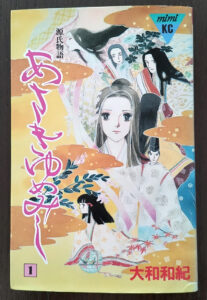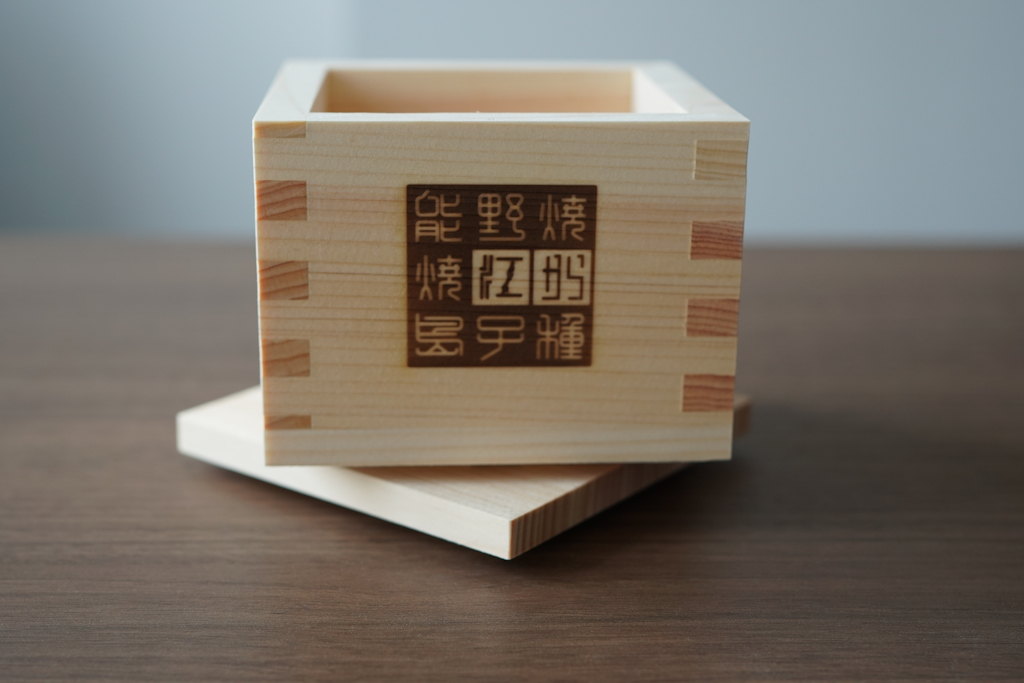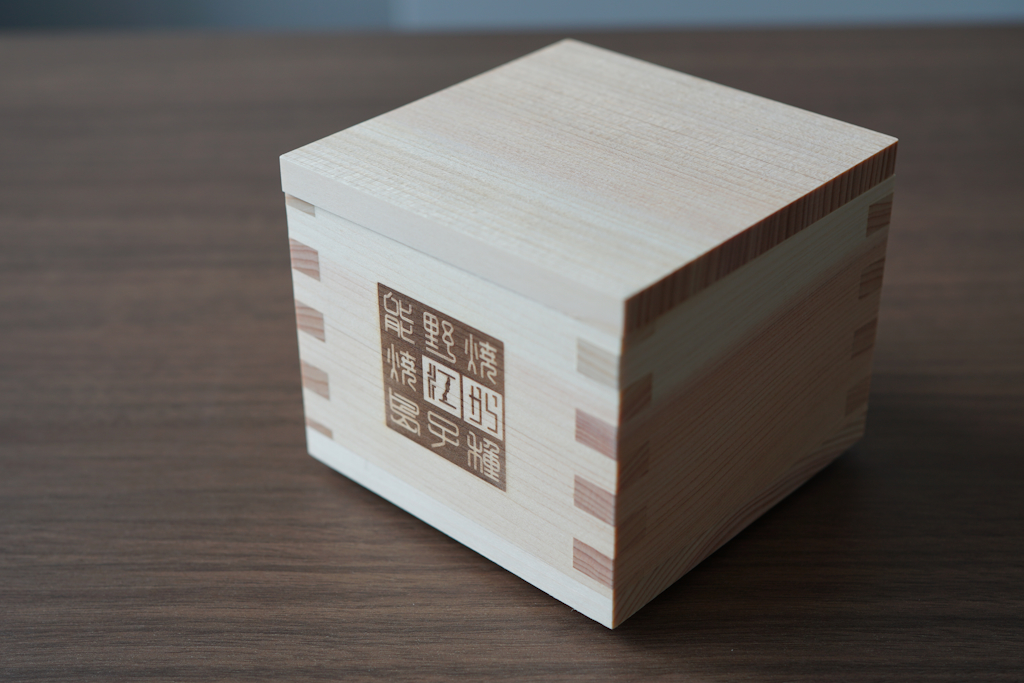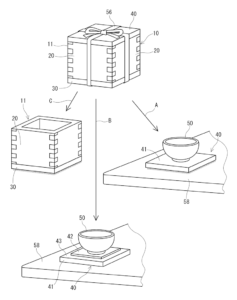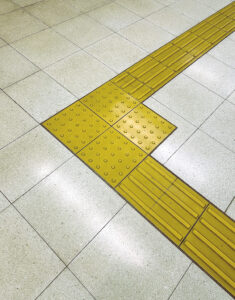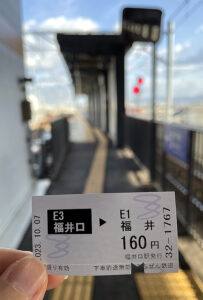This year’s 2024 Japanese historical drama ‘Dear Radiance, Hikaru Kimi e’ features Murasaki Shikibu, known for her Tale of Genji and other works. Murasaki Shikibu was a poet and writer from the mid-Heian period, whose actual name and exact date of birth and death are not known. However, the term of copyright protection is 70 years after her death, so enough time has passed since the Heian period, and literary works from the Heian period, such as The Tale of Genji, are not copyrighted and are in the public domain. Therefore, they can be adapted into manga form, such as ‘Dreams at Dawn, Asakiyumemishi’ by Waki Yamato. Of course, even though the copyright on The Tale of Genji has expired, the copyright on ‘Asakiyumemishi’ exists.
The Tale of Genji has also been translated into many modern Japanese versions. Recently, it has been probably best known for its translations by Jakucho Setouchi and Mitsuyo Kakuta. The translator holds the copyright to the modern translations. On the other hand, the translations of The Tale of Genji by Yosano Akiko and Tanizaki Junichiro, both of whom died over 70 years ago, are in the public domain and can be read at the Aozora Bunko. The Tanizaki Junichiro translation is listed as a ‘work in progress’ and could not yet be read.
I think it would be interesting to take this opportunity to read and compare various modern Japanese translations of The Tale of Genji, but I would like to start by trying again to read ‘Asakayumemishi’, which I failed to finish when I was a student. (Marron)
